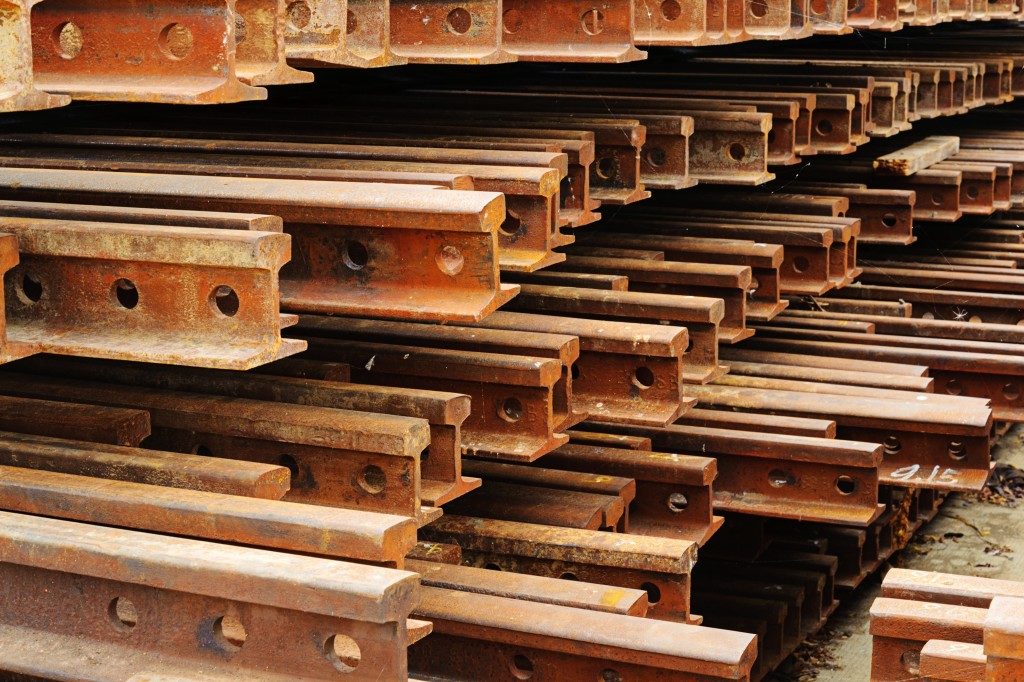Alloy steel, stainless steel, and carbon steel are ferrous metals. This means that they contain iron. Since all metals containing iron are prone to rust, especially when exposed to air and water, there is a need to protect your metals from rusting. Rust can be an eyesore. It can also be highly destructive, something that can compromise the structural integrity of different structures. Below are a few of the practical ways to prevent corrosion:
Seal the Metal Surface
Painting helps curb uniform attack corrosion. If you would like to buy a steel plate, for instance, much of its surface area would be exposed. Uniform attack corrosion means that the metal in question corrodes at a consistent rate. The most practical way to curb this type of corrosion is to put a barrier between the metal and all corroding agents. Some of the things that give positive results include applying oil sealants and galvanized zinc coatings. Choose a protection method according to the roles the material will be playing. If it will be exposed to water, you ought to use marine paint.
Prevent Pitting Corrosion
Pitting corrosion happens when small parts of the metallic materials lose their passive protective layer. Although it occurs at a small scale, it can have dire consequences, including structural failures. To address pitting corrosion, you should avoid nicks and scratches. Nicks and cracks expose the metal to harmful elements, especially when they hold water. You should also protect your metals from environmental chloride sources such as salt water.
Be Careful with Design
Close gaps in metal objects promote crevice corrosion. This type of corrosion happens when liquid finds its way into holes and becomes stagnant. To prevent it, you should close all gaps when designing metal objects. Alternatively, allow quality circulation in these gaps to ensure that any liquid that finds its way into the holes can find its way out. Understand that crevice corrosion can also affect metals that have a passive protective layer.
Keep Your Metals Clean and Dry
Water is the main culprit as far as the rusting of different types of metals is concerned. Once the oxygen in water molecules combines with iron, it forms iron oxide. Iron oxide is a form of rust. Understand that storing metal indoors does not necessarily protect it. If your indoor environment is humid, it pays to install a dehumidifier. It is advisable to clean any dirt or mud that adheres to the surfaces of the metal.
Protect Moving Metal Parts

Painting and galvanizing your metals work well concerning protecting them against corrosion. However, this only works well with static metal surfaces. If your metallic objects have hinges, for instance, painting them will affect their performance. If painted moveable parts open, the paint is going to crack, exposing the metal to moisture. Lubrication offers a protective sealant for such components.
Protecting your metals from corrosion is not a one-time thing. You have to maintain them appropriately to ensure that they stay in excellent condition. If you notice rust, you should scrape it off immediately because it spreads quickly. Since lubricants degrade with time, re-apply them regularly.




